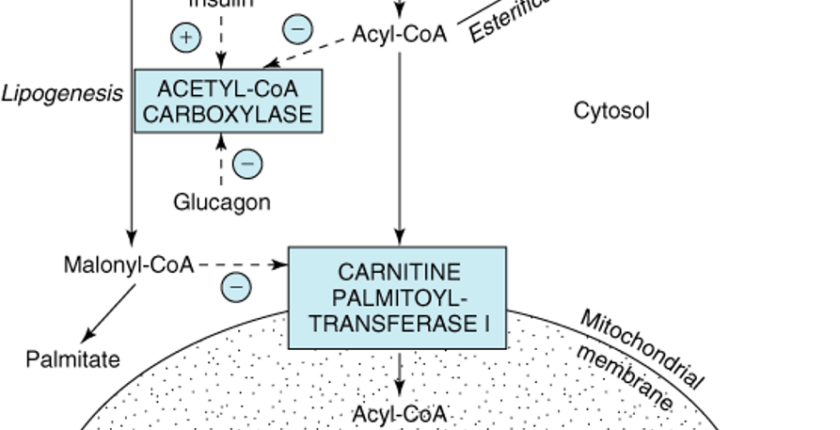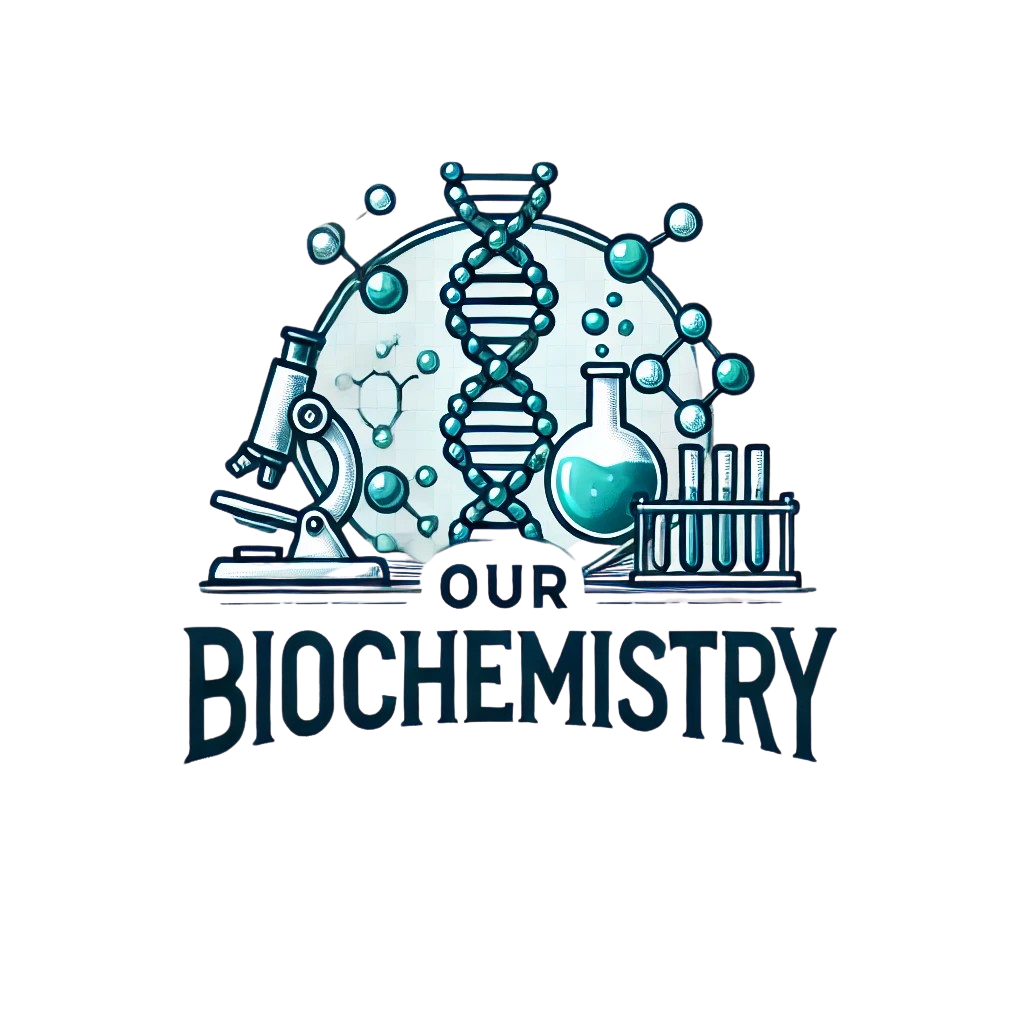Library
Regulatory Mechanisms- Lipid Metabolism (summary Chart)
- March 12, 2020
- Posted by: Namrata Chhabra
- Category: Learning resources Library Metabolism of lipids Quick Revision Series Quick revisions

| Enzyme and pathway | Effect of substrate concentration | Allosteric Modification/ Feedback Inhibition/Covalent modification | Induction/ Repression | Clinical Significance |
| Acetyl CoA Carboxylase
(Fatty acid synthesis) |
Activity increases during the well-fed state
Activity decreases during fasting |
Activator-
Citrate, ATP Acetyl CoA Insulin- activates the enzyme by covalent modification of the enzyme (dephosphorylation through stimulating protein phosphatase enzyme) Inhibitors– Long-chain fatty acids, Epinephrine, Glucagon- via changes in phosphorylation state through c AMP mediated phosphorylation cascade |
Induced by
Insulin
Repressed by Glucagon |
Activity decreases in diabetes Mellitus |
| Carnitine Acyl Transferase
(Carnitine shuttle and beta-oxidation of fatty acids |
Activity is low in the fed state and high during fasting | Activated by Glucagon through lipolysis and provision of fatty acids for oxidation
Inhibited by insulin and malonyl CoA |
Inherited CAT-I deficiency affects only the liver, resulting in reduced fatty acid oxidation and ketogenesis
with hypoglycemia. |
|
| HMG co A Reductase
(Cholesterol synthesis) |
Activity is low in the fasting state, | Activated by Insulin, Thyroid hormone
Inhibited by Glucagon, Glucocorticoids,(by reversible phosphorylation) Dietary cholesterol (Hepatic synthesis) Mevalonate and cholesterol, the products of the pathway
|
Expression of HMG COA reductase is regulated by sterol regulatory element-binding protein.
Also induced by Insulin |
Activity high in Diabetes mellitus due to the availability of excess Acetyl co A.
Activity is inhibited by Statins that are used as cholesterol-lowering drugs. |
Author:Namrata Chhabra
Leave a Reply Cancel reply
You must be logged in to post a comment.
